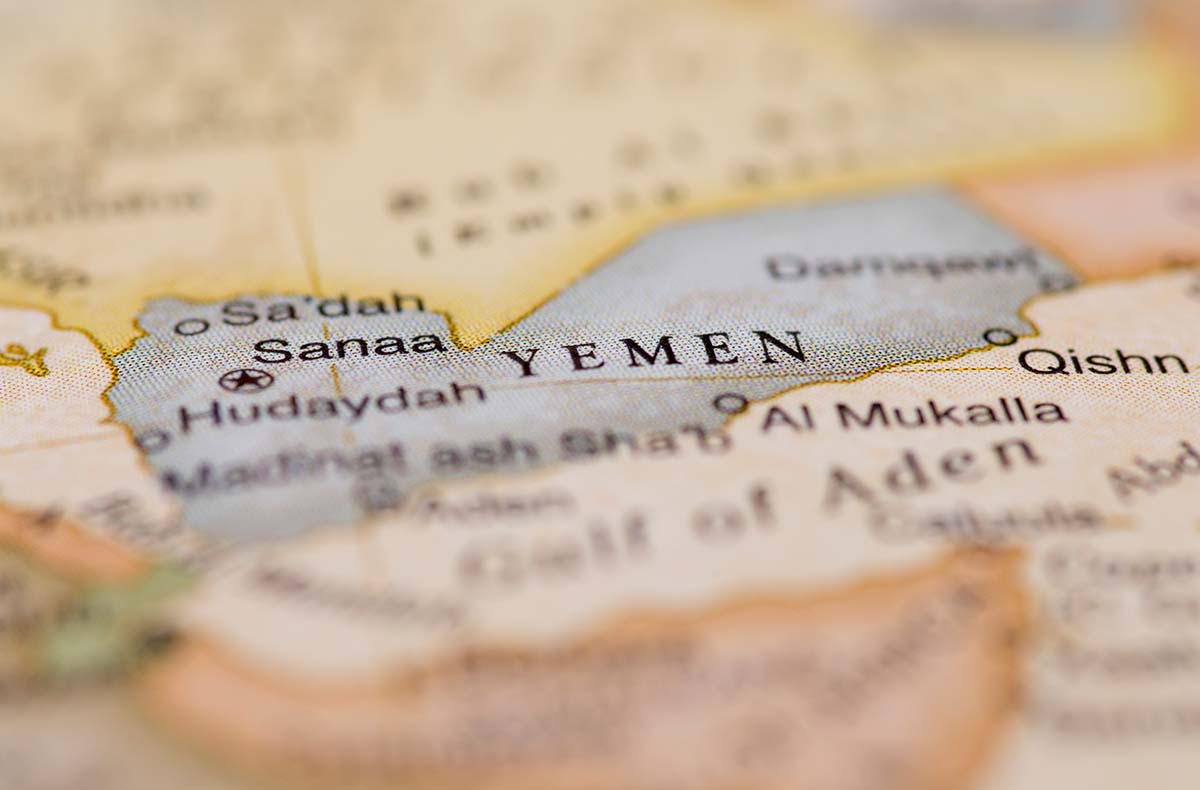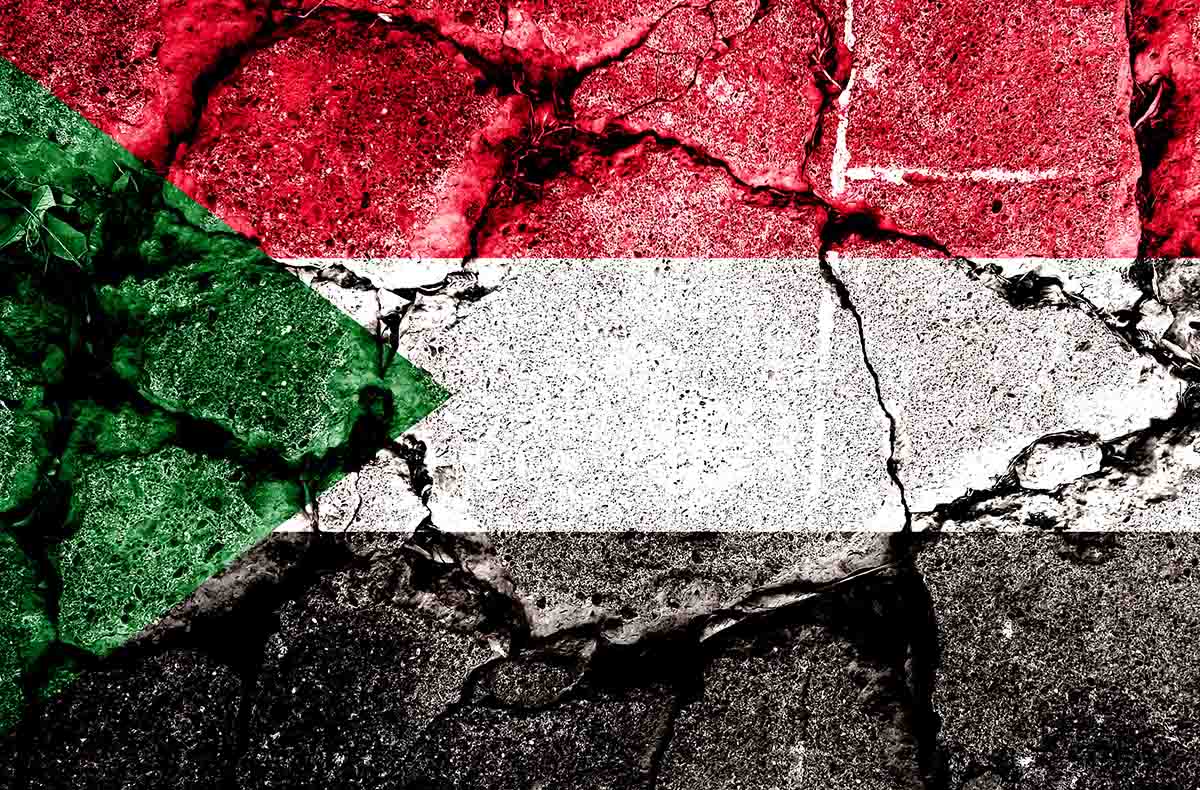
Houthis released 77 pro-government prisoners on Thursday, three days after Saudi Arabia had freed 104 detainees to Yemen. Hundreds have now been released in recent weeks as part of a prisoner swap that is to herald an end to the eight-year-old Saudi-led war in Yemen. Indeed, it was on April 9, when Saudi ambassador Muhammad Al-Jaber met with Houthi leaders, including the head of the Houthi Supreme Political Council, Mahdi Al-Mashat, that the gong of peace was seemingly sounded in the southern part of the Arabian Peninsula. This was the first public Saudi-Houthi top-level meeting since the war began.
Of course, it all started with the China-brokered resumption of Saudi-Iran ties last month; any lasting peace between the two Muslim rival states inevitably hinges on ending Shia-Sunni proxy wars, such as the one in Yemen. The move allows China to assert itself in the Middle East as Beijing now sets its sights on the diplomatic bonanza of a potential Israeli-Palestinian deal. Saudi interests, meanwhile, dictated rapprochement with Iran because Riyadh now believes that its prosperity, and that of the Arab world, is dependent on putting an end to the jihadist power plays that it ignited across the Muslim world over the past five decades.
Even so, it would be folly to deem the culmination of the Saudi-led war as the termination of conflict in Yemen. Moreover, it is important to note that in addition to Saudi and Iran, there are a whole host of other global stakeholders in Yemen.
The United States, which is being brazenly supplanted in the Middle East by China, has been pushing Saudi Arabia to reconsider the removal of its proxies, given that it would only embolden Iran. There’s no greater geopolitical farce than the U.S. claiming to be a peacemaker in the Middle East while simultaneously demanding regional hostility for Iran and its allies, something Joe Biden manages to seamlessly pull off in the same op-ed.
Within the Middle East, the United Arab Emirates (UAE), Oman, and Qatar have all sought to ram in their own strategic ambitions in Yemen. Oman, which has played a pivotal role in brokering the Saudi-Houthi peace deal due to its neutrality, shares a 300-km border with Yemen and hence seeks a solution that avoids dragging Muscat into the conflict beyond diplomatic corridors. The UAE, besides reaffirming its position as an independent regional power beyond Saudi-led coalitions, aims to control the Yemeni coastline with the help of the Southern Transitional Council (STC) to enhance its influence in and around the Red Sea. However, this move has resulted in Houthi backlash against the Emirates. Qatar, which clashed with both Saudi Arabia and the UAE from 2017 and 2021, is invested in a solution for Yemen led by Al-Islah, the Islamist party linked to the Muslim Brotherhood.
Even as Saudi Arabia’s withdrawal from Yemen is motivated by financial security for its Saudi Vision 2030, which has sparked many an ideological volte-face in the kingdom, the fact that an array of international and regional powers have backed a wide gamut of political and militant players, thereby fortifying the fault-lines in Yemen, means that even in the unlikely scenario of complete retraction of global forces, it is unlikely to bring immediate peace.
The STC and the Giant Brigades are spearheading secessionist movements down south with the UAE’s assistance, Oman is invested in the tribal warfare in its bordering Al-Mahrah region, Al-Islah has its stranglehold over the Marib, the Houthis have their control over North-West Yemen—including the capital Sanaa, and the globally recognized government controls the eastern region. The conflict zones are spread throughout the western third of the country, with Al-Qaeda in the Arabian Peninsula filling multiple vacuums between Sanaa and the Oman border. Once both Saudi Arabia and the UAE wrap up their presence, more such vacuums would be available for jihadist groups to exploit, despite Houthi guarantees against strikes in their territories.
Unified Yemen, formed after the governments of the former North and South Yemen reached an agreement, was merely 25-years-old when the Saudi-led war was unleashed upon the country. Now, having spent more than a quarter of its existence at war with the mightiest Arab nation, Yemen has further disintegrated into factions that can only be brought together through ironclad convergence on common interests.
Although international and regional powers are likely to offer numerous financial incentives to push the war-torn nation into rebuilding work, a national consensus is needed to forge unity that goes beyond agreements between political factions or global stakeholders. Perhaps the one thing that can bring everyone together is a collective goal to rescue the 4.5 million displaced, the six million facing famine, and the 24 million requiring humanitarian aid—forming the worst humanitarian crisis in the world—from their unparalleled misery. However, even providing basic necessities to 80 percent of Yemen’s population is a goal rendered quixotic by the self-serving forces that are willing to push Yemen towards another spiral of chaos.



